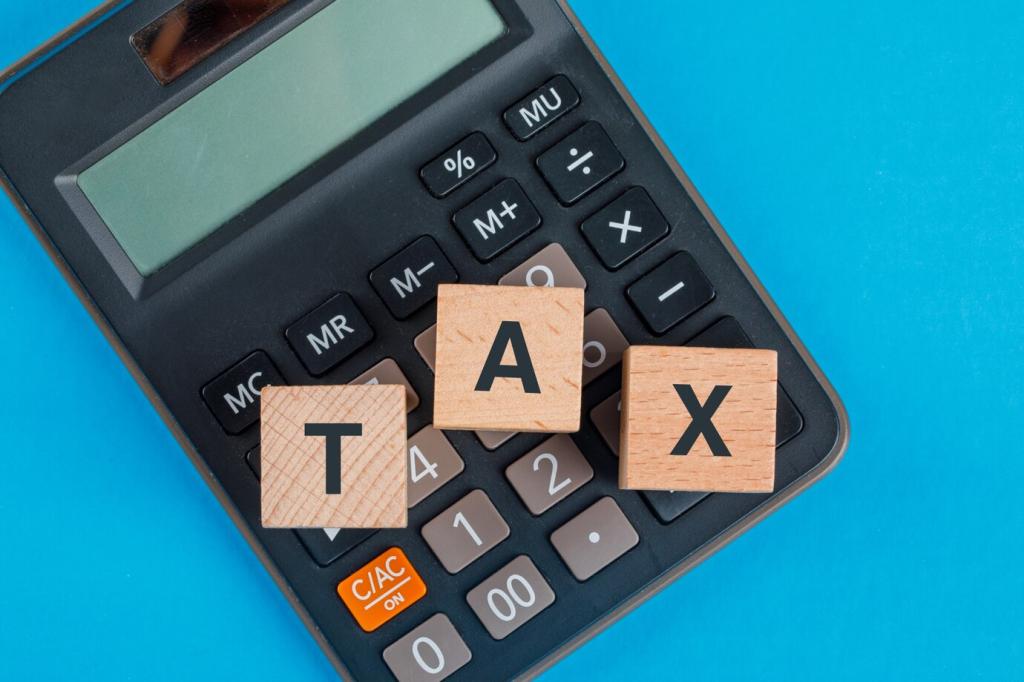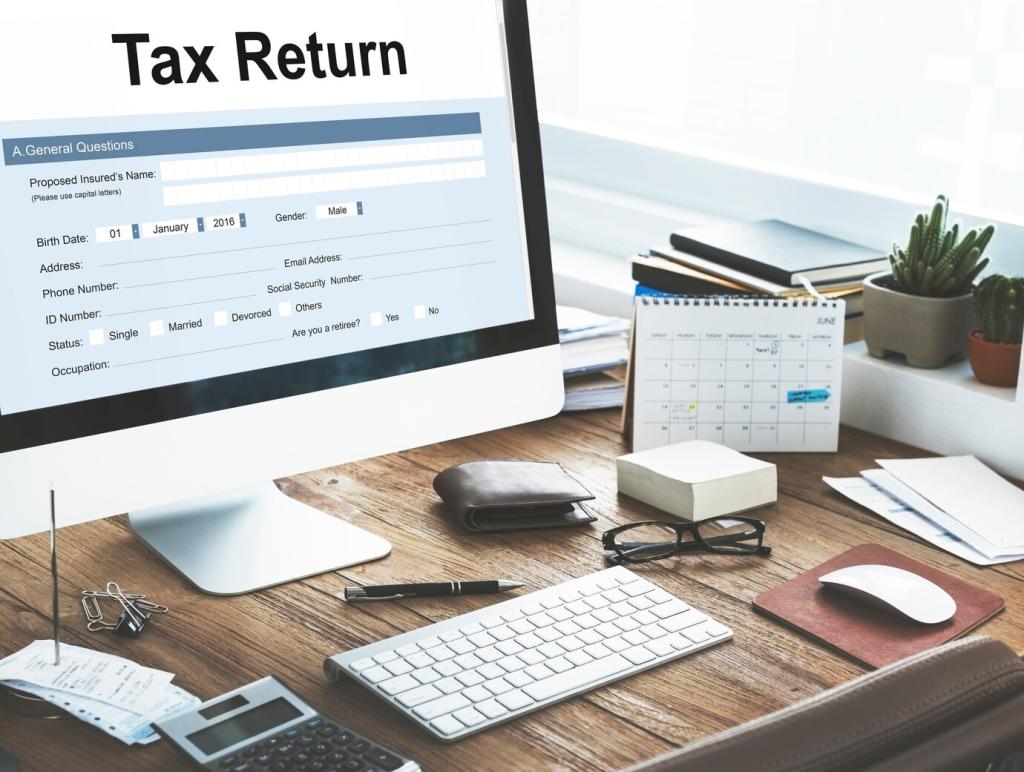Entrepreneurs, Equity Comp, and Special Opportunities
Create a written sale plan for RSUs to manage concentration and taxes, and use ESPP lookbacks thoughtfully. Treat vesting as income, reserve for withholding gaps, and redirect proceeds toward diversified, tax-efficient holdings matched to your risk.
Entrepreneurs, Equity Comp, and Special Opportunities
Incentive Stock Options can trigger Alternative Minimum Tax on exercise. Track bargain elements, early exercise, and qualifying disposition timelines, and simulate scenarios before year-end. When risk is high, partial exercises can balance upside with potential tax exposure.









